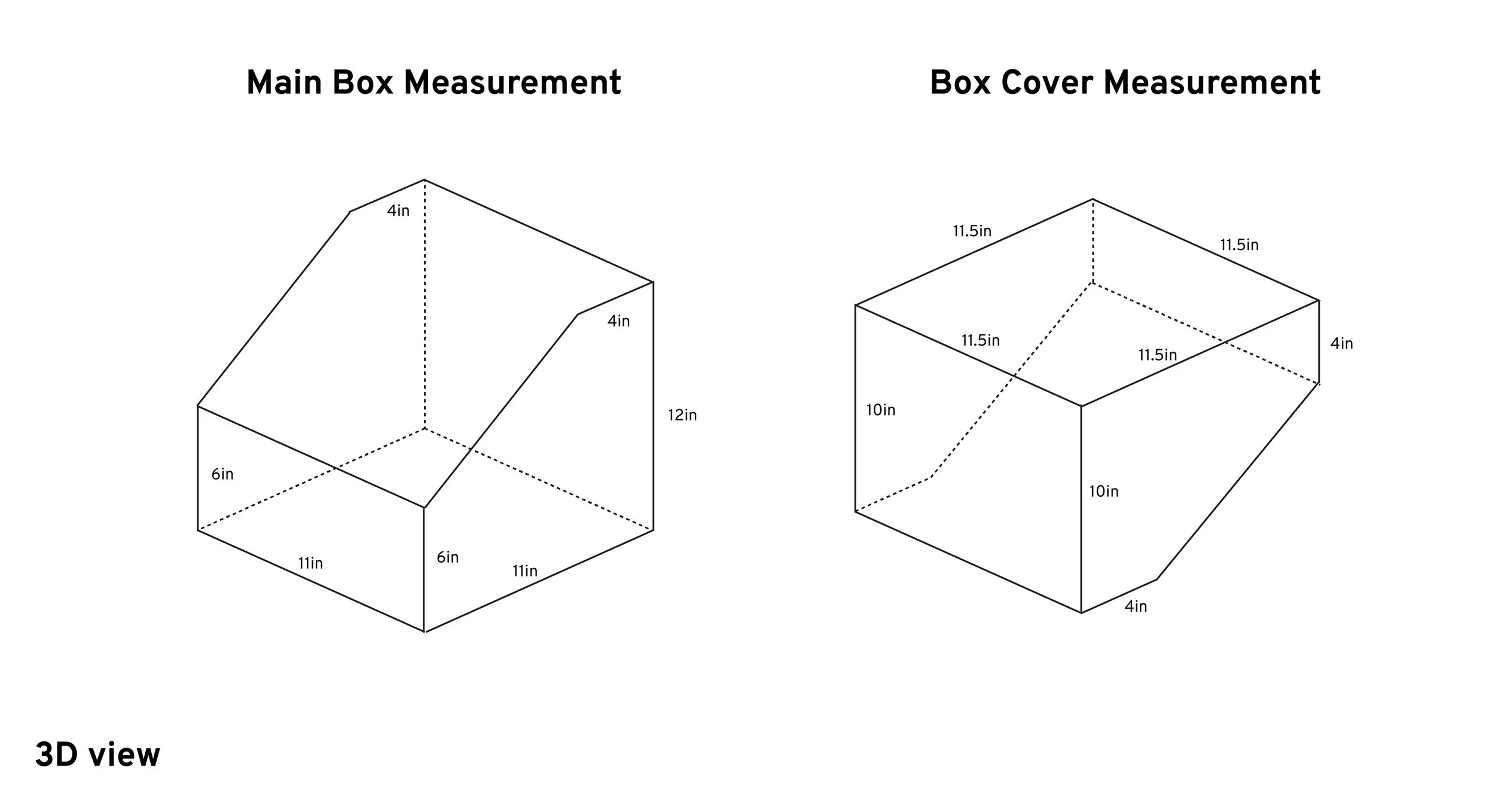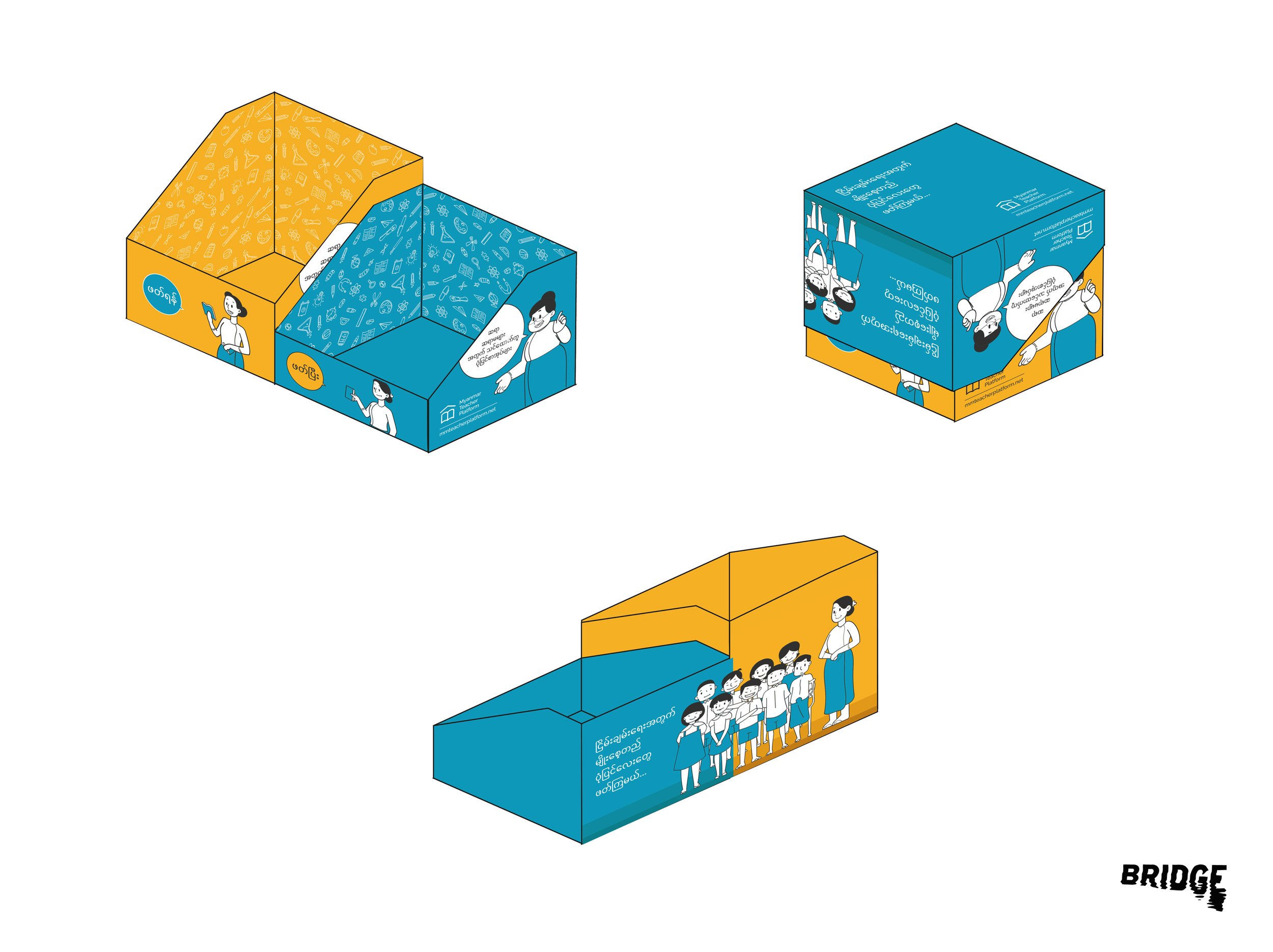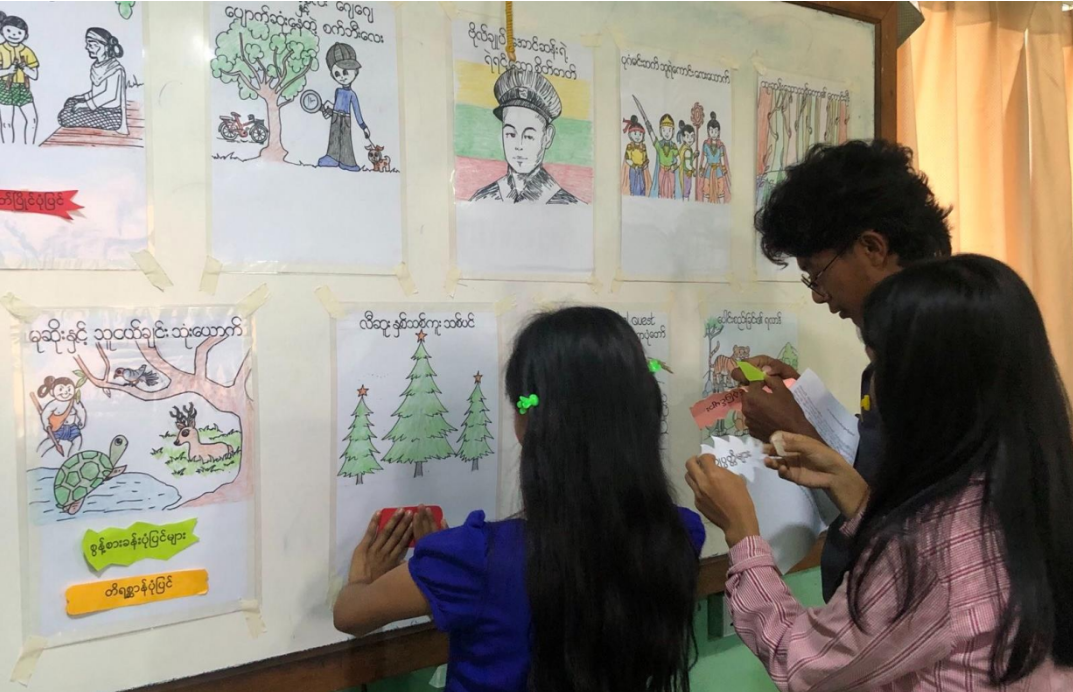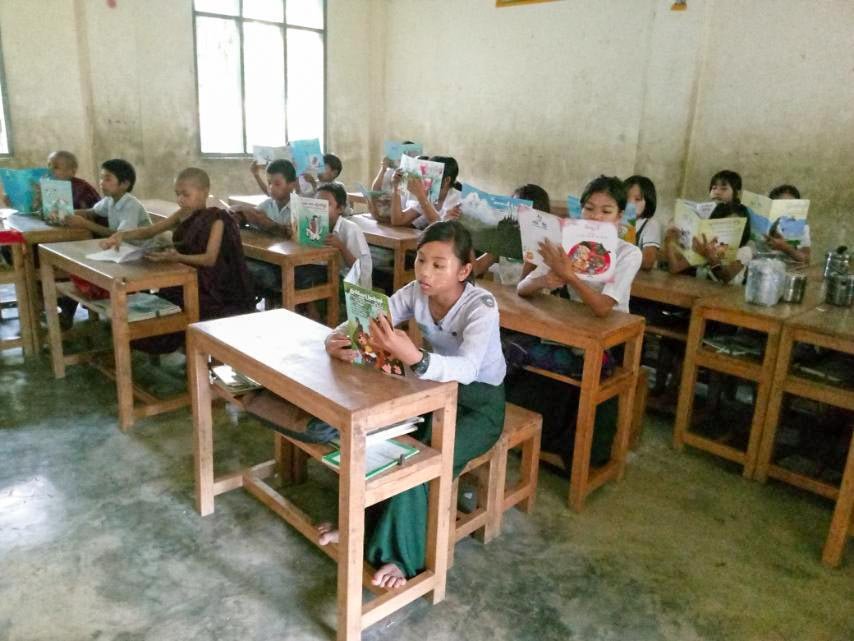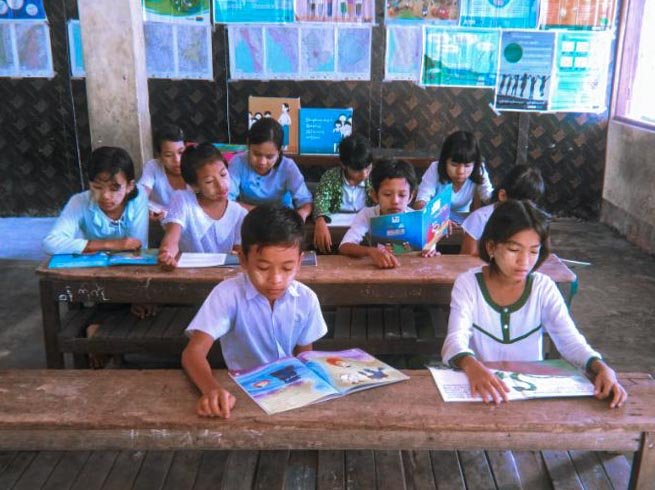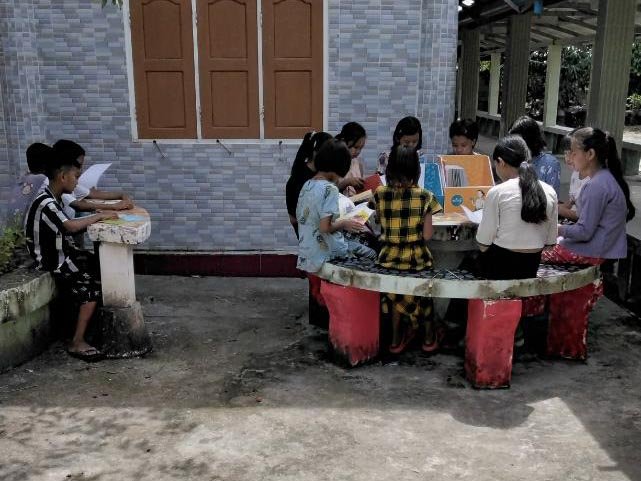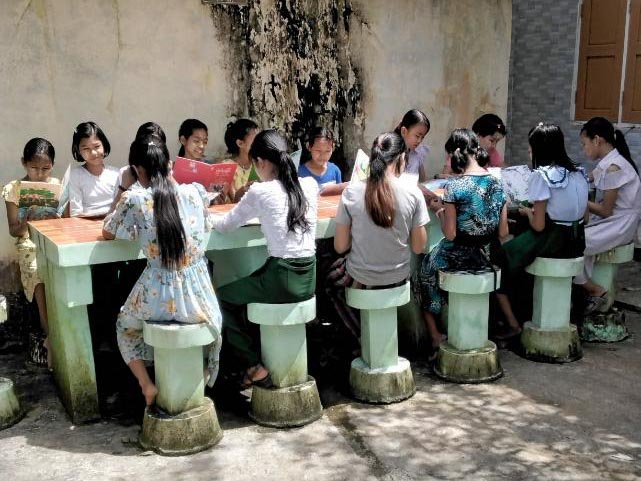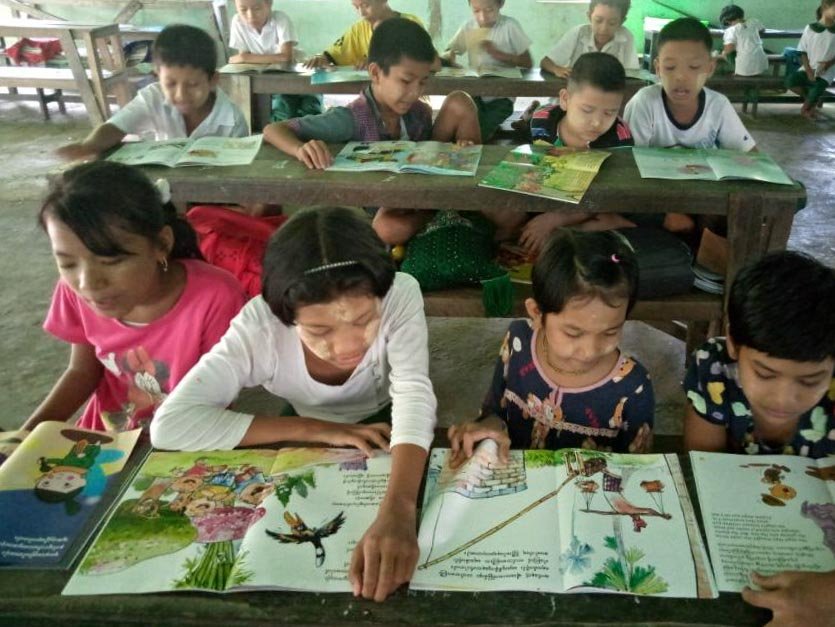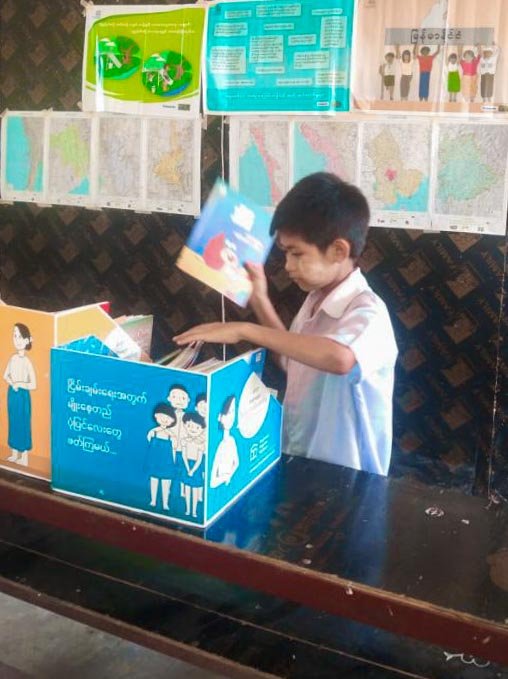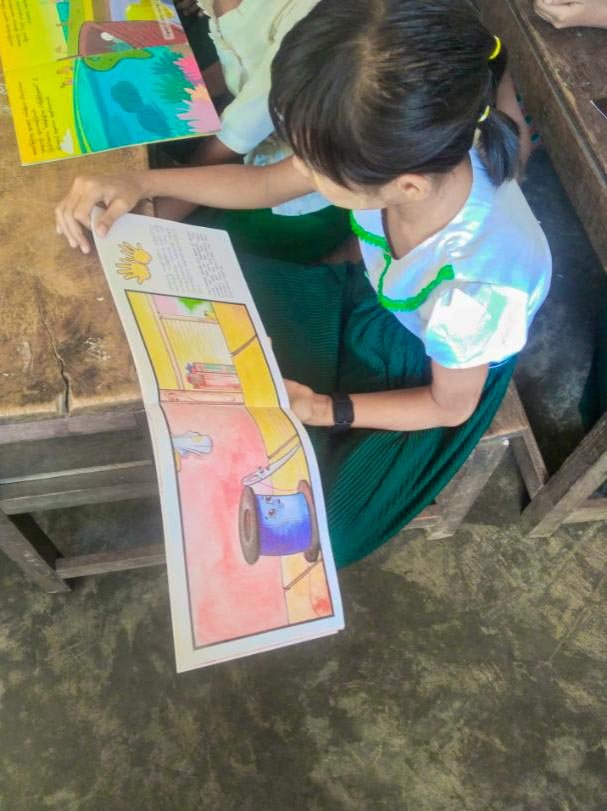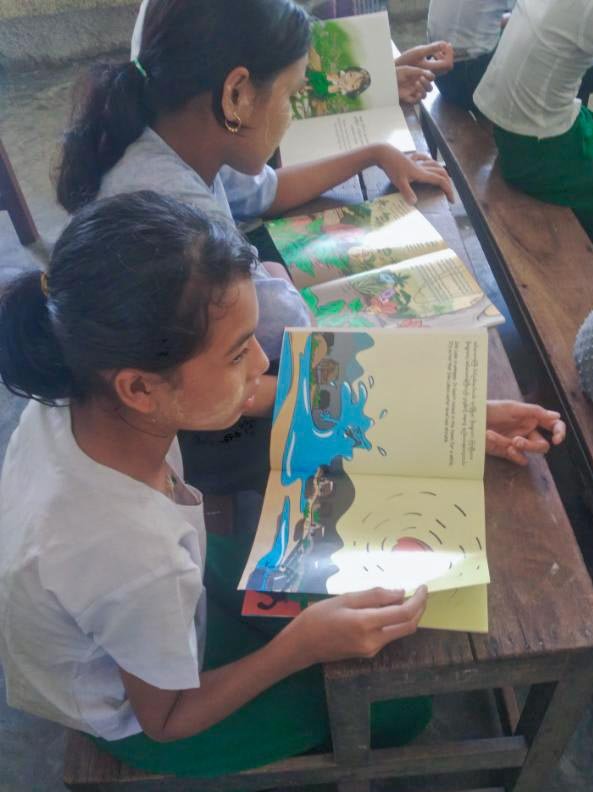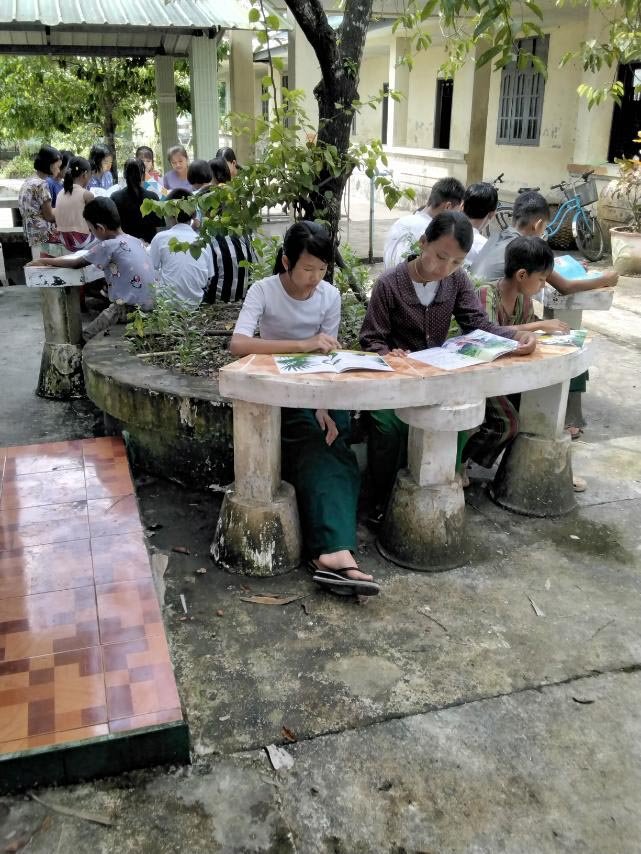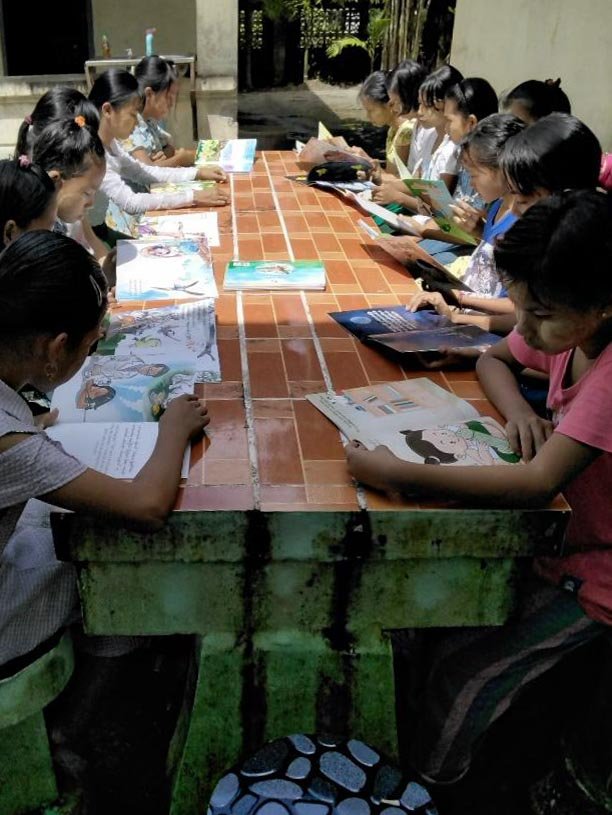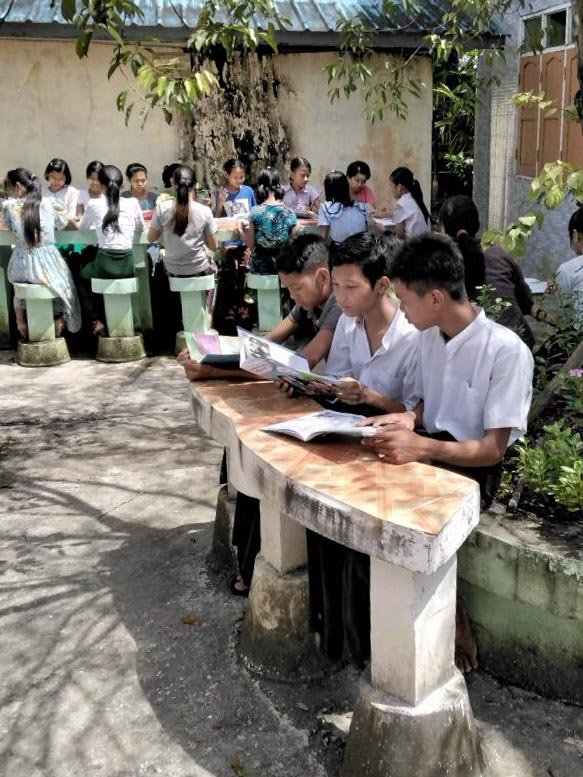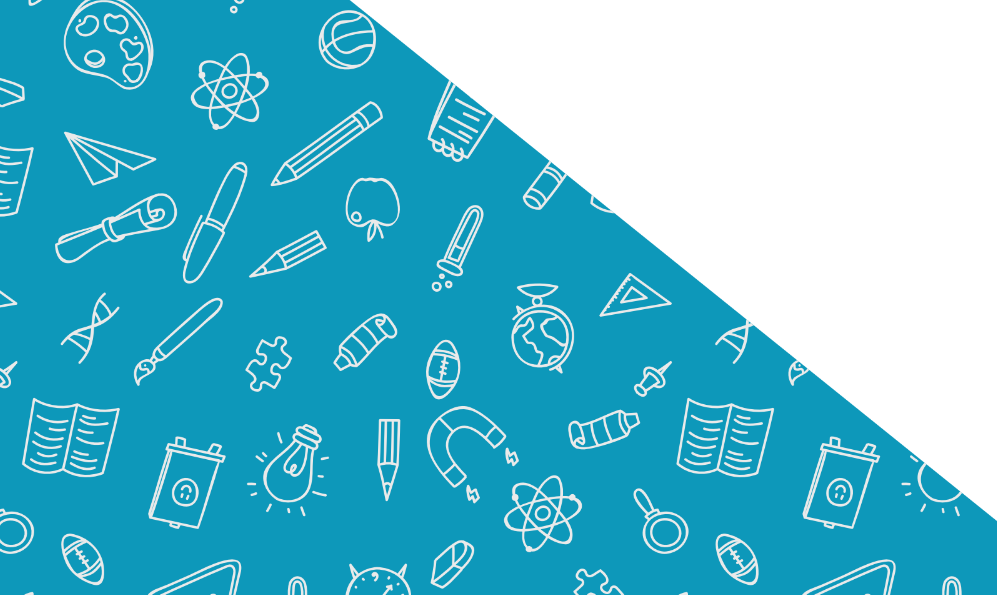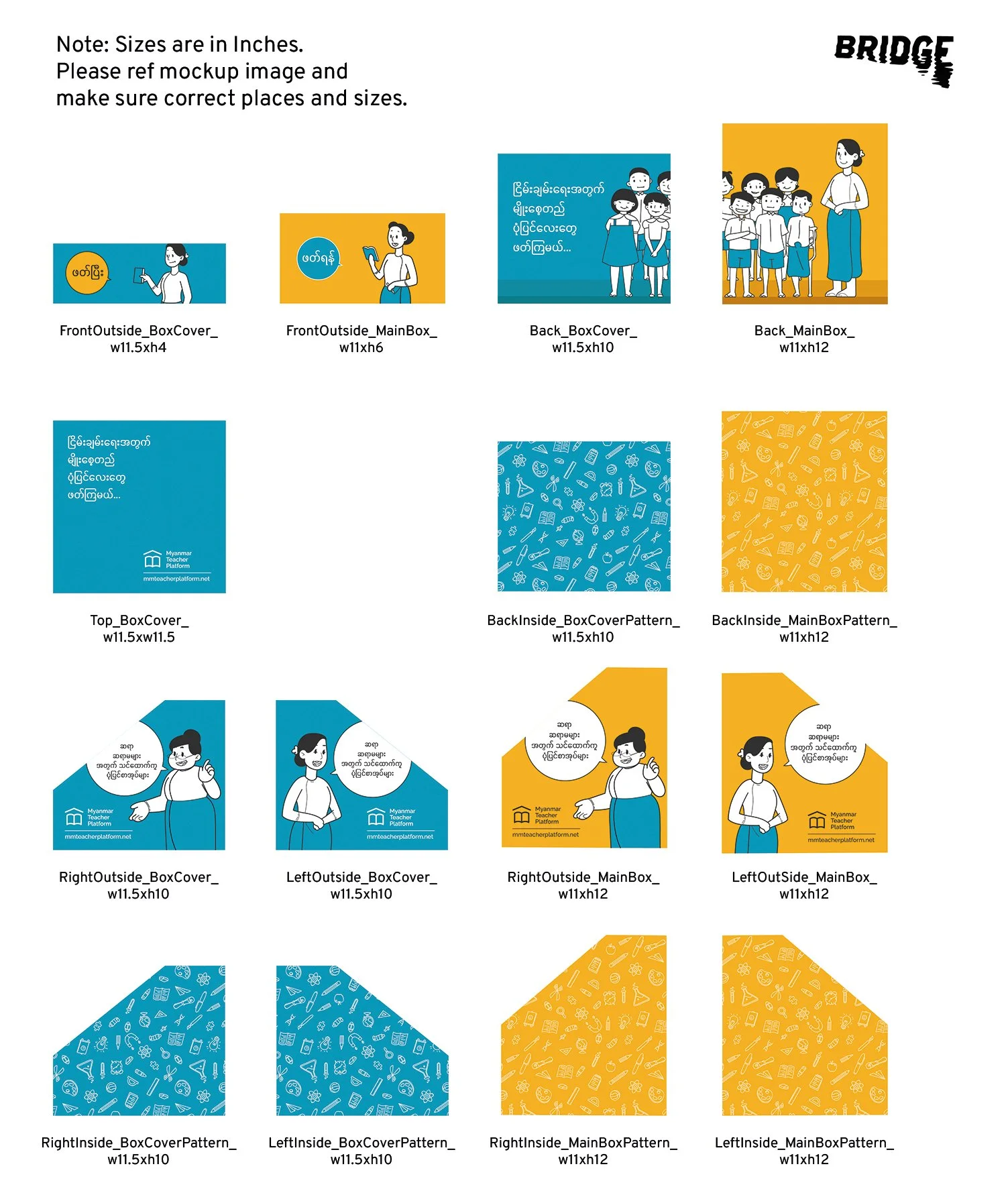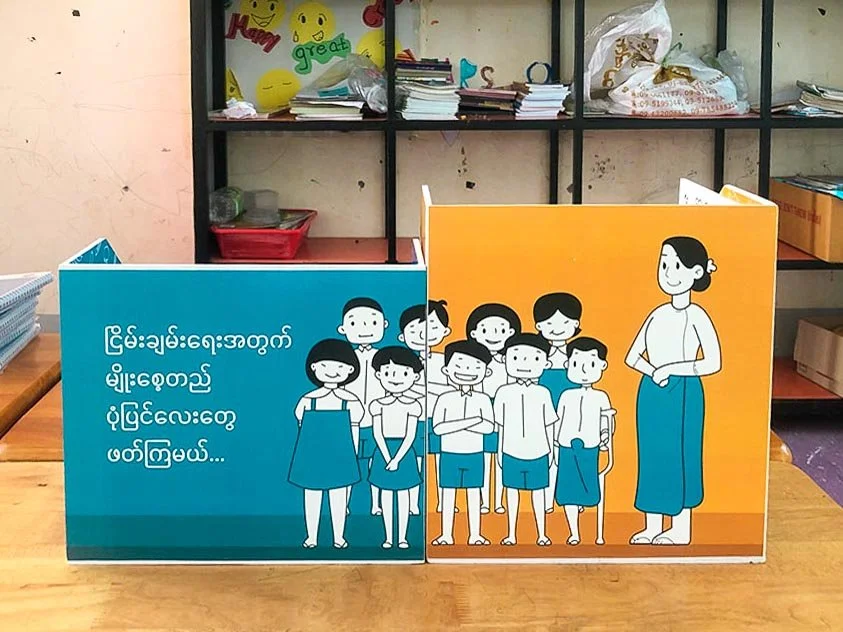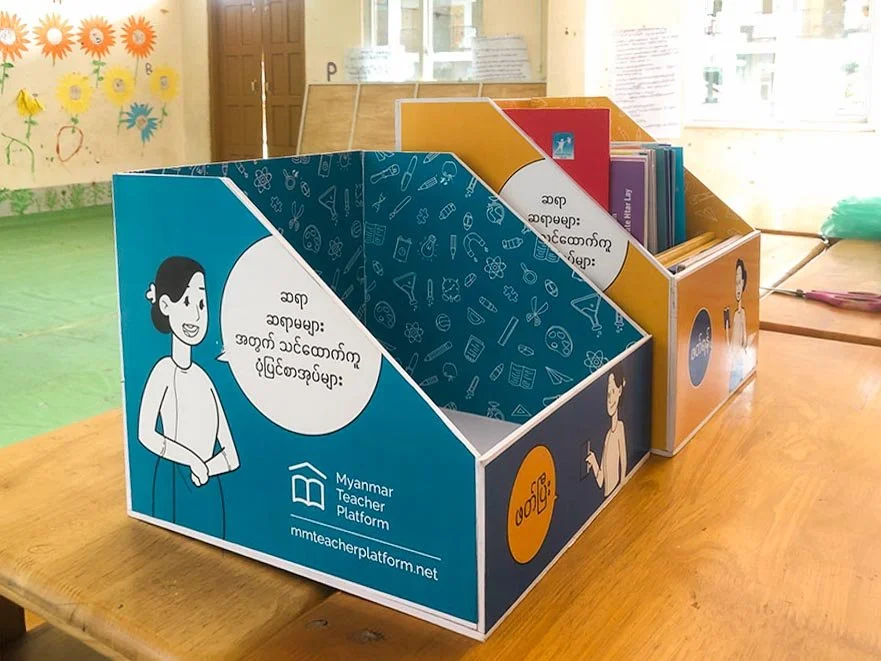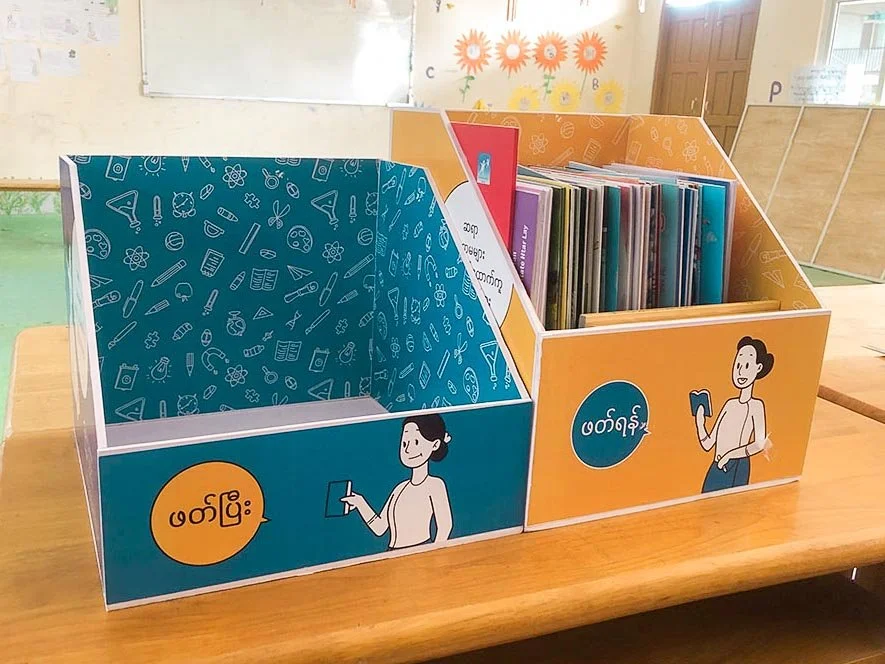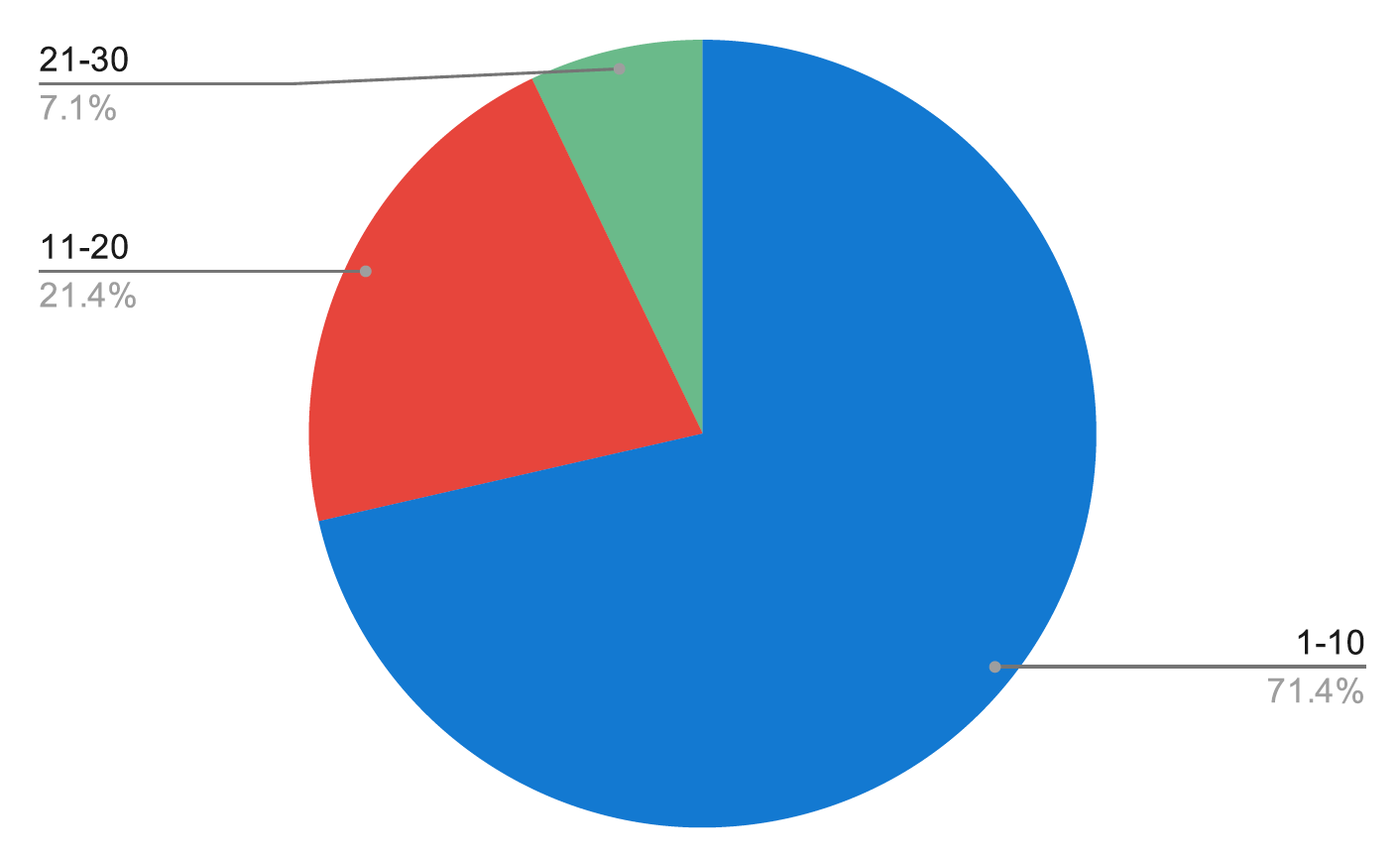Storytelling for teachers
Changing children’s narratives about peace, sustainable development and the future.
UNESCO’s Myanmar Teacher Platform empowers educators to cover important subjects like Education for Peace and Sustainable Development (EPSD), Comprehensive Sexuality Education, Curriculum and Pedagogy, ICT, and Media and Information Literacy, through thoughtfully designed courses that are accessible to educators regardless of their location or daily schedules.
Bridge was contracted to develop a new course on teaching EPSD to young children using storytelling. Collaborating closely with the Art of Facilitation, we assembled the course curriculum, transferred it into an engaging online format and led other project activities.
With
UNESCO
Objective
Enable primary school children to learn about peace and sustainable development through storytelling
Demographic
Primary school teachers and their students
Types of work
Research, Strategy, Training & Facilitation, Storytelling, Design, Behaviour Change
Themes
Youth Empowerment, Education, Peace
Research
As a starting point, we identified community schools in Ayeyarwaddy, Shan, Kachin, Karen and Bago regions that aligned with the project's demographic and approached them to conduct needs assessments.
The questionnaire comprised five sections covering respondent backgrounds and assessment questions related to knowledge, attitudes, practices, skills, and resource availability regarding storytelling for peace and sustainability.
67%
of respondents want to allocate class time to storytelling for peace and sustainable development.
>6%
consider dedicating time unnecessary.
Strategy
Based on the research findings, six modules were developed. The pilot training was held using the curriculum through a blend-learning approach by conducting in-person and online monitoring sessions with teachers.
This equipped primary teachers with effective storytelling techniques that can be integrated into their teaching practices to promote EPSD. It also served as a pilot program to gather feedback from teachers on the curriculum before the full online course was launched.
Creative
To stimulate practical application of the training, we distributed storybooks around themes of peace and sustainable development, to 10 community schools.
Production
They were packaged in a specially designed story box, which doubles as a bookshelf. It is intended to encourage regular use by both teachers and students.
Each story box contains 96 story books and 3 guidebooks for teachers. The topic of the story books vary, with a particular focus on EPSD.
Results
How many books have you completed teaching or reading with your students in the last 3 months?
How do you incorporate story books into your teaching lessons?
In the final evaluation it was found that all teachers were incorporating storytelling and the books into their teaching. Over half were using books in the classroom multiple times per month, and over half expected to finish all 96 by the end of 2024.
The interactive online course is available now on the Myanmar Teachers Platform.
One of the lessons that stood out to me was the "Story types and finding EPSD themes from stories." This lesson has been particularly useful in teaching storytelling to my students.
I want to express my heartfelt gratitude to the teachers and organizations that dedicated their time to share their knowledge during this course. Their expertise and passion for teaching have left a lasting impression on me. I look forward to any future opportunities to continue my studies with these remarkable educators.
-Maung Aung San Lin
Primary Teacher, San Mya Thida School, Yangon.

